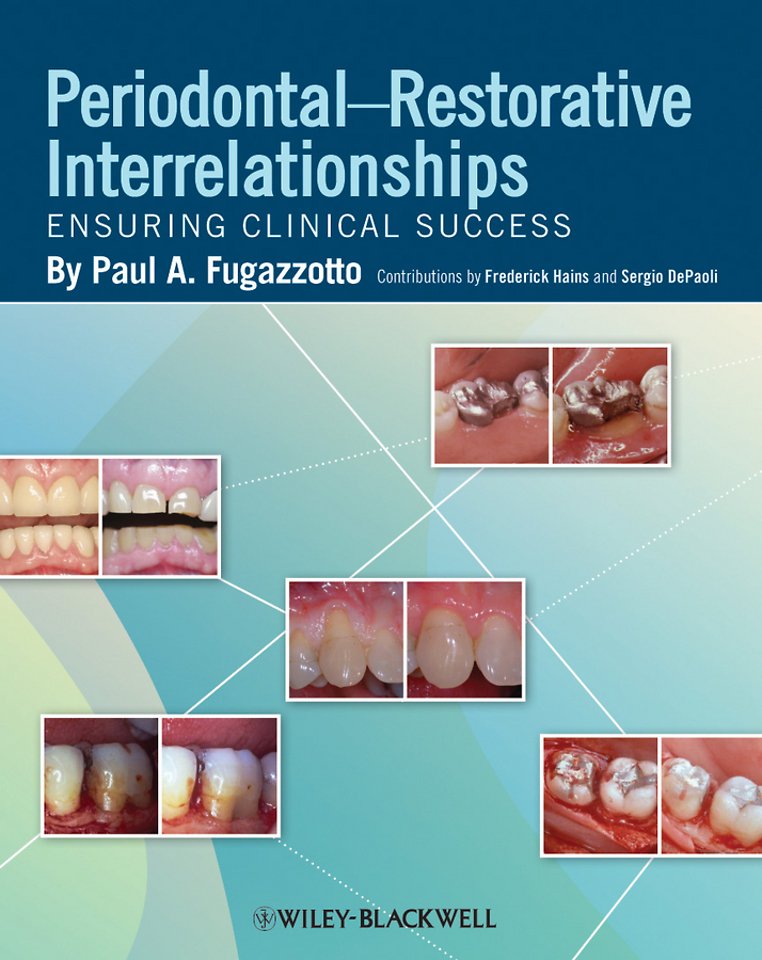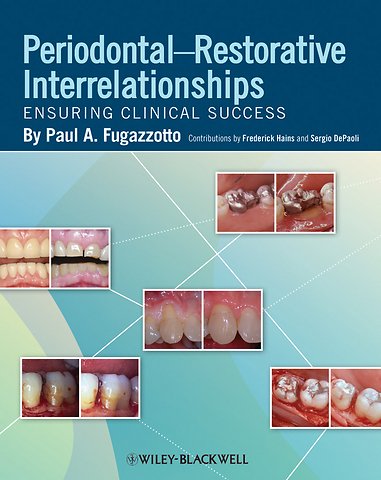Periodontal–Restorative Interrelationships – Ensuring Clinical Success
Ensuring Clinical Success
Samenvatting
Even with the option of dental implants, periodontists, restorative dentists, and general dentists alike continue to treat patients′ natural teeth on a day–to–day basis. Procedures including crown lengthening surgery, furcation treatment, mucogingival therapy, and tooth restoration are essential treatment regimes requiring multifaceted expertise.
Periodontal–Restorative Interrelationships: Ensuring Clinical Success provides guidelines for comprehensive treatment planning, and features step–by–step clinical instruction for periodontal and restorative procedures from beginning to end. As a result, the book fosters better understanding and increased efficiencies between specialties, resulting in shorter treatment times and consistently better therapeutic outcomes.
Periodontal–Restorative Interrelationships: Ensuring Clinical Success begins with a careful discussion of treatment planning, comprehensively covering all variables in simple to complex cases. Subsequent chapters focus upon the most commonly encountered clinical challenges, using a systematic, easy–to–follow approach to various treatment methodologies. All chapters are well–illustrated with clinical examples. Firmly grounded in evidence–based research, the book affords clinicians from multiple specialties a practical guide for predictable, successful results. Accessible and logically organized, Periodontal–Restorative Interrelationships is an invaluable reference for all clinicians performing these procedures.
Specificaties
Inhoudsopgave
<p>Chapter 1 Examination and Diagnosis (Paul Fugazzotto and Sergio DePaoli).</p>
<p>Establishing an Appropriate Treatment Plan.</p>
<p>Determining Periodontal Treatment Endpoints.</p>
<p>Rationale for Pocket–Elimination Periodontal Surgery.</p>
<p>Junctional Epithelial Adhesion or Connective Tissue Attachment?</p>
<p>The Signifi cance of Furcation Involvements.</p>
<p>The Infl uence of Restorative Margins.</p>
<p>Does Pocket–Elimination Therapy Work?</p>
<p>Conclusion.</p>
<p>Chapter 2 The Role of Crown–Lengthening Therapy (Paul Fugazzotto).</p>
<p>Management of the Apico–occlusal Dimension.</p>
<p>Incision Design.</p>
<p>Conclusion.</p>
<p>Chapter 3 Treating the Periodontally Involved Furcation (Paul Fugazzotto).</p>
<p>Defi nitions of Furcation Involvements.</p>
<p>Diagnosing Premolar Furcation Involvements.</p>
<p>Treatment of Class I Furcations.</p>
<p>Treatment of Class II Furcations.</p>
<p>Treatment of Class III Furcations.</p>
<p>Maxillary vs. Mandibular Furcations.</p>
<p>Selecting the Appropriate Treatment Modality.</p>
<p>Conclusions.</p>
<p>Chapter 4 The Role of Mucogingival Therapy (Paul Fugazzotto).</p>
<p>Indications for Mucogingival Surgery.</p>
<p>Nonattached Gingival Autografts.</p>
<p>Lateral Pedicle Flaps.</p>
<p>Connective–Tissue Grafts.</p>
<p>Guided Tissue Regeneration.</p>
<p>Indications for Emdogain Use.</p>
<p>Constructing a Clinically Based Treatment Decision Tree.</p>
<p>Mucogingival Therapy at the Time of Crown–Lengthening Surgery.</p>
<p>Conclusions.</p>
<p>Chapter 5 Restoration of the Periodontally Treated Tooth (Frederick Hains).</p>
<p>The Feather.</p>
<p>The Chamfer.</p>
<p>The Shoulder.</p>
<p>Periodontal Ramifi cations and Prosthetic Adaptations.</p>
<p>Impressions.</p>
<p>Chapter 6 Developing Treatment Algorithms for Restoration or Replacement of the Compromised Tooth (Paul Fugazzotto and Frederick Hains).</p>
<p>Diagnostic Requirements.</p>
<p>Assessing the Individual Tooth.</p>
<p>The Ability to Safely Perform Crown–Lengthening Surgery.</p>
<p>Endodontic Considerations.</p>
<p>Implant Receptor Site Considerations.</p>
<p>Assessing Cost–Benefi t Ratios.</p>
<p>Complexity of Care.</p>
<p>Predictability of Care.</p>
<p>The Cost of Retreatment.</p>
<p>Conclusion.</p>
<p>Index.</p>

